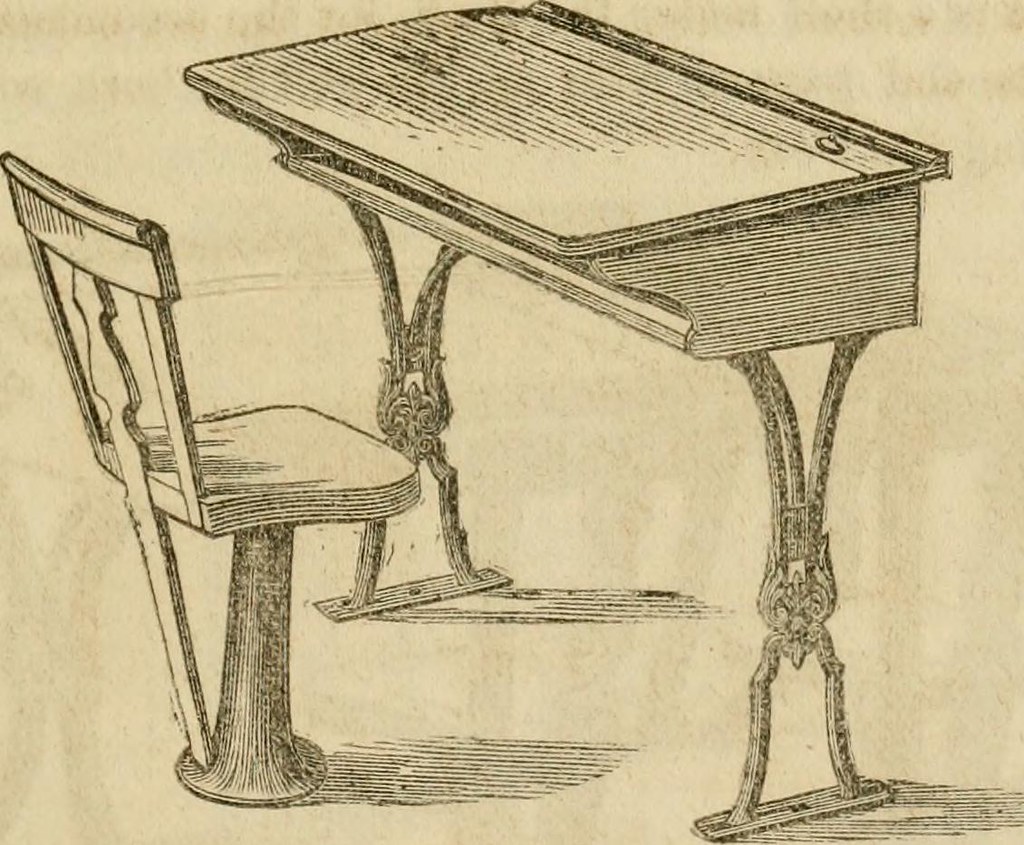Ban the desk of shame
- Behaviour
- Isolation
- Teachers

Recently Caroline Derbyshire @Morsecat wrote a thread on Twitter expressing some thoughts about how and why a child is removed from a lesson in a secondary school context.
This is what she wrote:
I have seen such confusion about this topic and a number of unhelpful posts, newspaper articles and ‘positions’ taken that I feel that a little bit of sense has been lost. Teachers and TAs want all students to learn and endeavour to create the conditions in which excellent learning for all is possible. They work very hard to be inclusive and provide access for all. They do not control all the variables, however. Sometimes children behave badly. When that behaviour crosses unacceptable lines, it impacts on the learning, social development or even safety of others. Tolerating it would put others at risk. A child is then, removed from the lesson to work away from other children for the learning and safety of all. In this way the teacher is given a break, the child is sanctioned and learning and good mental health is safeguarded for the majority. This is only sensible. Where does this child then get taken to do some quiet work?
This is the controversial bit.
Some schools place a desk outside the Head’s office. In my view this is an awful practice. It is public humiliation. The sanctioned child is in repeated contact with the sanctioner and others in the school can see them. It is ‘the desk of shame’. I have banned this practice.
Much more humane is a private, but supervised quiet working area. A place with desks that allow for individual, undisrupted learning. It should not be locked and breaks for comfort, meals etc should be given. Restorative/therapeutic work should form part of this provision.
As Paul Dix writes; “When children deliberately and persistently disrupt they may need to be removed from the lesson. What happens to them at that point is critical. In the most difficult, irritating and distressing moments the values of your school are tested. Where the child goes and what happens next really matters.”
This is how Ruth Robinson @RuthKRobinson describes how it works in her school; “We have developed this system with staff and students over eight years. Over time, it has become more rigorous and consistent. Our pupils benefit from lessons where teachers can teach without disruption, and where every pupil is expected to contribute. We initiate interventions and plan reasonable adjustments. We provide support and training for staff who may need it. What we don’t do is to lower our classroom expectations.“ She goes on to say, “This system is strict but it isn’t draconian. It works because it’s fair and because everyone understands it. The worst thing you can do in a challenging school is to back down on behaviour. We owe it to all of our pupils, but definitely to the most challenging, to hold the line.”
The layout of this room is important. It should not be too appealing, otherwise children will disrupt lessons deliberately to go there. It should not allow for off-task chatter. But it should be a safe and respectful environment. It is for short-term behaviour sanctions. Sometimes it is used as a sanction instead of external fixed-term exclusion if, in the judgement of the school, the home environment is challenging for the child and there is a strong risk of insufficient supervision.
In the words of Paul Dix @banthebooths “It is in developing a planned process that is more nurture than nihilism.. Excellent practice is out there. Schools with very tricky intakes have removed the booths, reduced removal and are using the space differently. There is another way.”
So, in summary, all children should be treated with respect and so should all teachers. Desks of shame or locked, unsupervised isolation rooms don’t do this. Leaving a disruptive child in a lesson to torment others including their teacher does not do this either.
The DfE’s Behaviour and discipline in schools guidance (2014) states that: “It is for individual schools to decide how long a pupil should be kept in seclusion or isolation, and for the staff member in charge to determine what pupils may and may not do during the time they are there. Schools should ensure that pupils are kept in seclusion or isolation no longer than is necessary and that their time spent there is used as constructively as possible.”
)
